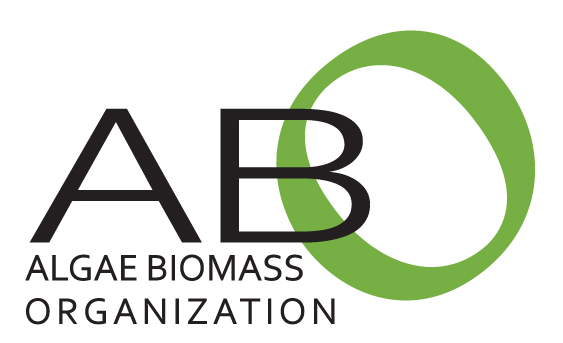
The U.S. Supreme Court is currently hearing arguments related to its review of three consolidated cases regarding the EPA’s regulation of toxic emissions from power plants: Michigan v. Environmental Protection Agency, No. 14-46; Utility Air Regulatory Group v. Environmental Protection Agency, No. 14-47; and National Mining Association v. Environmental Protection Agency, No. 14-49.
At the heart of the issue is the contention by industry groups and several states that the EPA did not factor in, appropriately, the high cost of compliance related to meeting reduction goals for toxic substances such as mercury and other gases.
The costs traditionally associated with preventing air pollution are likely to come up again and again as the EPA moves forward with regulations that seek to limit how much mercury, or carbon dioxide, is being emitted into the atmosphere.
Believe it or not, we actually agree that the costs of pollution reduction are not be considered appropriately, but not because we want to see the regulations go away.
Rather, we argue that neither EPA nor industry accurately accounts for the very real, and very significant, revenue to be gained from emissions reductions by recycling carbon into a host of valuable products and commodities using algae technology.
Of course burying emissions (sequestering, using EPA terminology) is costly. But what if you could reuse those gases? Several ABO members are doing just this. Let’s do a little “back of the envelope” math to show the implications of reusing CO2 rather than burying it. We’ll use Algenol Biofuels as an example.
The company states its algae technology, can convert 1 ton of algae into 144 gallons of fuel. Even at today’s low fuel prices (~$2.00/gal), that equates to $288 per ton of CO2. As fuel costs go up, so does the value of algae-derived fuels from waste CO2.
A typical power plant produces about 3.5 million tons of CO2 per year. At $288 per ton, that’s slightly more than $1 billion a year in additional revenue.
Even if you subtract capital expenses and operating expenses of $100 million (which is extremely aggressive), a typical utility could earn $900 million per year. Every year. All while reducing overall emissions by about 60 percent.
Even if you assume that algae technology could only convert 30% of emissions, you’re still looking at about $300 million per year after paying off capital expenses.
There are about 500 coal-fired power plants in the US. If even half of those incorporated algae conversion technology at the rates above, we’re looking at a $75 billion dollar opportunity at the low end and a $225 billion dollar opportunity at the high end.
ABO continues to make the argument far and wide that we’re looking at the problem of carbon emissions the wrong way. CO2 is not a problem – it’s an opportunity.
Power generation facilities today are literally blowing revenue up in smoke – revenue that could be used to offset the costs of emissions compliance at the very least, create new income streams to reduce ratepayer burdens, and at the very best create new jobs and economic development in the regions where they operate.
So yes, the EPA didn’t accurately factor in the cost of compliance – because it’s actually a profit.
